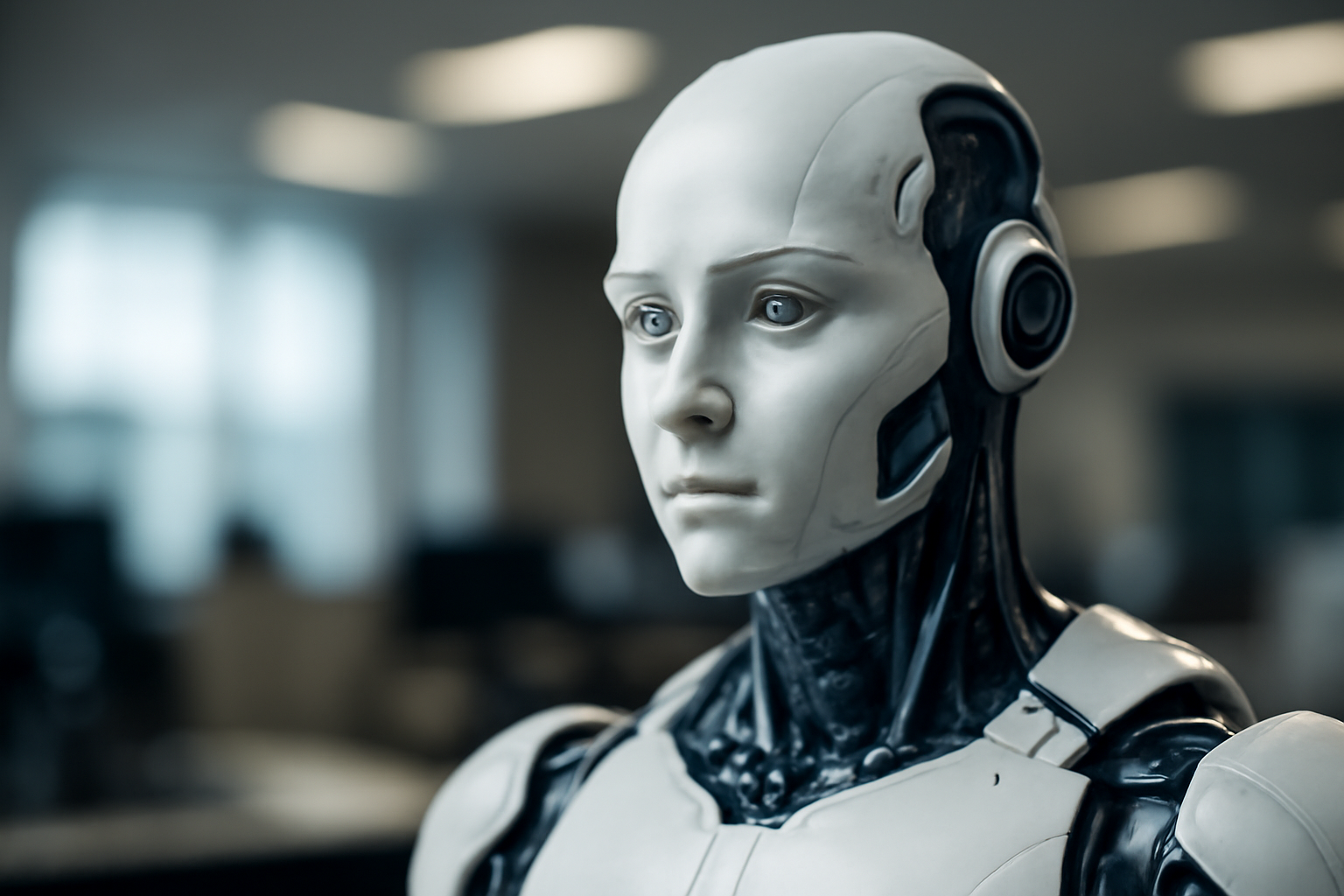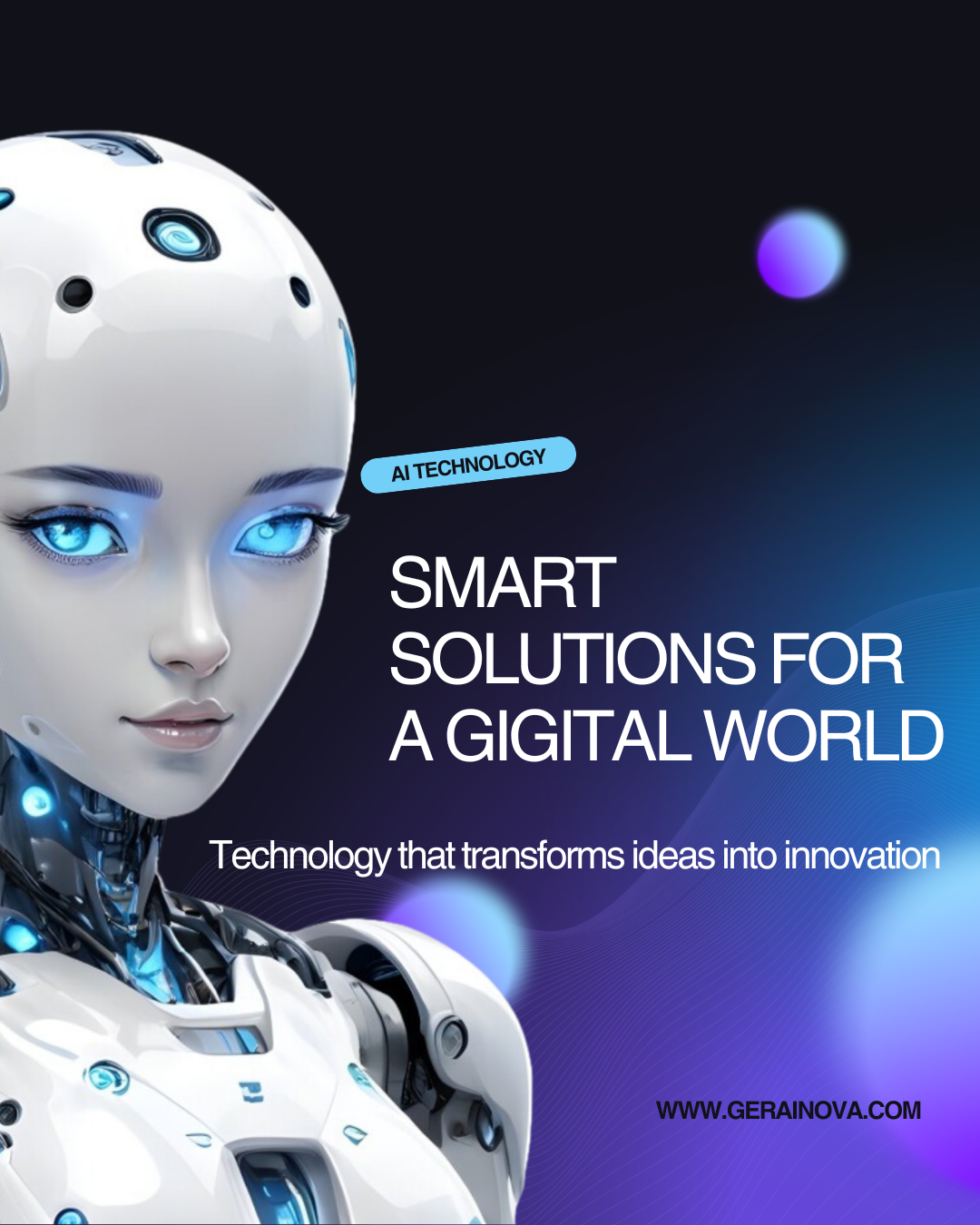Artificial Intelligence (AI) has long been a subject of fascination, with its potential to transform industries, improve efficiency, and change the way we interact with technology. From simple automation tasks to complex decision-making processes, AI has already integrated deeply into our daily lives. However, many people still wonder: what exactly is AI, and how is it used across various sectors? In this article, we will explore the different types of AI in use today, break down their functionalities, and provide practical examples of how they are shaping the future of technology.
1. Understanding Artificial Intelligence
What Is Artificial Intelligence?
At its core, Artificial Intelligence refers to the simulation of human intelligence in machines that are programmed to think and act like humans. These systems can be trained to perform tasks such as reasoning, problem-solving, language understanding, and even creative endeavors. While AI may sound like something from a science fiction movie, its applications are very real and widespread, influencing everything from the way we shop online to how businesses manage operations.
AI can be broadly categorized into three different types: Artificial Narrow Intelligence (ANI), Artificial General Intelligence (AGI), and Artificial Superintelligence (ASI). Each type differs in its capabilities, with ANI being the most commonly used today and AGI and ASI remaining largely theoretical for now.
The Three Types of AI
- Artificial Narrow Intelligence (ANI): This is the most common form of AI we encounter today. ANI systems are designed to handle specific tasks and excel at them. They operate within a limited scope and cannot perform functions outside of their designed parameters.
- Artificial General Intelligence (AGI): AGI refers to machines that possess the ability to understand, learn, and apply intelligence across a broad range of tasks, similar to how a human can think and reason. While AGI remains largely a goal for future AI development, it is an area of active research.
- Artificial Superintelligence (ASI): ASI refers to AI systems that surpass human intelligence in all aspects, including problem-solving, creativity, and emotional intelligence. ASI is purely speculative at this stage and raises significant ethical and safety concerns.
For now, most of the AI we interact with falls under Artificial Narrow Intelligence (ANI), which is focused on specific tasks such as language translation, facial recognition, and even self-driving vehicles.
2. Types of AI Used Today
1. Reactive Machines
Reactive machines are a type of AI that can only respond to specific inputs with predefined outputs. These systems do not have memory or the ability to store past experiences to inform future decisions. They are designed to perform particular tasks efficiently and reliably but cannot adapt beyond their programmed functions.
Example: IBM’s Deep Blue, the chess-playing computer that defeated world champion Garry Kasparov in 1997, is a classic example of a reactive machine. Deep Blue was only capable of evaluating potential chess moves and responding based on a set of algorithms, with no memory of past games or a broader understanding of the game.
Practical Application: Reactive machines are commonly used in customer service chatbots, which answer frequently asked questions without any context of past conversations.
2. Limited Memory AI
Limited memory AI systems are more advanced than reactive machines as they can learn from historical data and adjust their behavior accordingly. These systems have the ability to remember and store past experiences for a short period, which they can use to improve their performance on similar tasks in the future.
Example: Self-driving cars utilize limited memory AI. They continuously collect data from sensors and cameras, allowing them to learn from the environment and adjust their behavior based on the road conditions, other vehicles, and pedestrians. While they don’t have long-term memory, they can remember and apply recent data to make informed decisions.
Practical Application: In addition to autonomous vehicles, limited memory AI is used in recommendation systems like those found on platforms like Netflix, Amazon, and YouTube, where the system learns from your previous interactions to suggest content you might like.
3. Theory of Mind AI
The Theory of Mind AI is a step forward in AI evolution, representing a system that can understand and simulate human emotions, beliefs, intentions, and social interactions. This type of AI doesn’t just react to inputs but also interprets emotional cues and adapts its responses accordingly.
Example: While not fully developed, applications like virtual assistants and social robots are beginning to employ aspects of Theory of Mind. For example, AI-powered chatbots can analyze text tone and sentiment, adjusting their responses based on whether the conversation is friendly, neutral, or hostile.
Practical Application: In healthcare, AI systems could eventually assist in diagnosing conditions by interpreting not only medical data but also a patient’s emotional state or concerns, enabling more personalized treatment.
4. Self-Aware AI
Self-aware AI is a theoretical concept that has yet to be realized. A self-aware machine would have consciousness and an understanding of its existence, much like humans. This type of AI would be able to make decisions based on its own sense of self-preservation and personal objectives, possibly even developing its own goals.
Example: As of today, there are no fully self-aware AI systems, and this level of intelligence is more science fiction than reality. However, advancements in AI are continuously bringing us closer to systems that could one day exhibit this kind of awareness.
Practical Application: The potential for self-aware AI raises significant ethical and philosophical questions about autonomy, decision-making, and control. Although it’s not in use today, this is a field that researchers in artificial intelligence are carefully monitoring and debating.
3. AI Technologies and Techniques
1. Machine Learning (ML)
Machine Learning is a subset of AI that allows systems to automatically improve their performance through experience, without being explicitly programmed. ML algorithms analyze data patterns, learn from them, and then use the learned knowledge to make predictions or decisions without human intervention.
Example: Spam filters in email services use machine learning algorithms to classify emails as spam or legitimate based on previous emails marked by the user. Over time, the system gets better at identifying spam as it encounters new examples.
Practical Application: ML is widely used in industries such as finance (fraud detection), healthcare (predicting patient outcomes), and entertainment (personalized recommendations on streaming platforms).
2. Deep Learning
Deep Learning is a specialized subset of machine learning that uses artificial neural networks to simulate the way the human brain processes information. These networks consist of layers of nodes (neurons) that work together to process data. Deep learning algorithms are particularly well-suited to handling unstructured data, such as images, audio, and text.
Example: Facial recognition systems often use deep learning algorithms to identify individuals by analyzing facial features in images. These systems can be trained to recognize various facial features, such as the distance between the eyes, nose shape, and more, for highly accurate identification.
Practical Application: Deep learning is employed in a wide variety of applications, from image and speech recognition (like Siri or Google Assistant) to natural language processing (such as chatbots or language translation tools).
3. Natural Language Processing (NLP)
Natural Language Processing allows machines to understand, interpret, and generate human language. NLP is responsible for making voice assistants like Amazon’s Alexa, Apple’s Siri, and Google Assistant able to process and respond to voice commands in natural language.
Example: Google’s BERT (Bidirectional Encoder Representations from Transformers) model uses NLP to improve search engine results by better understanding the context of words in a sentence.
Practical Application: NLP is used for customer service chatbots, sentiment analysis, and language translation apps like Google Translate, which help bridge language gaps globally.
4. Computer Vision
Computer Vision enables machines to interpret and make decisions based on visual data. Using deep learning, this type of AI helps computers recognize objects, faces, and scenes within images or video.
Example: Autonomous vehicles rely heavily on computer vision to navigate the environment, identifying obstacles, road signs, and pedestrians.
Practical Application: Computer vision is used in security systems for surveillance, in medical imaging to detect diseases, and in retail for automated checkout systems.
4. Ethical Considerations of AI
As AI continues to advance, it brings with it ethical dilemmas. Issues related to privacy, bias, job displacement, and decision-making by machines are some of the concerns that need to be addressed.
Privacy and Security: AI systems often collect vast amounts of personal data, raising concerns about data protection and how this information is used.
Bias: AI algorithms are only as good as the data they are trained on. If data contains biases, the AI system may inadvertently perpetuate or amplify these biases, leading to unfair outcomes.
Job Displacement: As AI automates certain tasks, there is concern that many jobs may become obsolete, requiring workers to adapt and retrain in new areas.
5. The Future of AI
Looking ahead, AI will continue to evolve and integrate into more aspects of our lives. The potential for AI to improve efficiency, enhance creativity, and solve complex problems is immense. However, balancing innovation with ethical considerations will be crucial to ensuring that AI serves humanity in a beneficial and responsible manner.
Conclusion
AI is rapidly changing the landscape of technology, and its applications are becoming more diverse and sophisticated by the day. From narrow AI that powers everyday apps to machine learning, deep learning, and natural language processing systems that revolutionize industries, the types of AI used today are shaping the future of business, healthcare, entertainment, and much more. As AI continues to evolve, we must ensure that its development is guided by ethical principles to maximize its benefits for society.

















